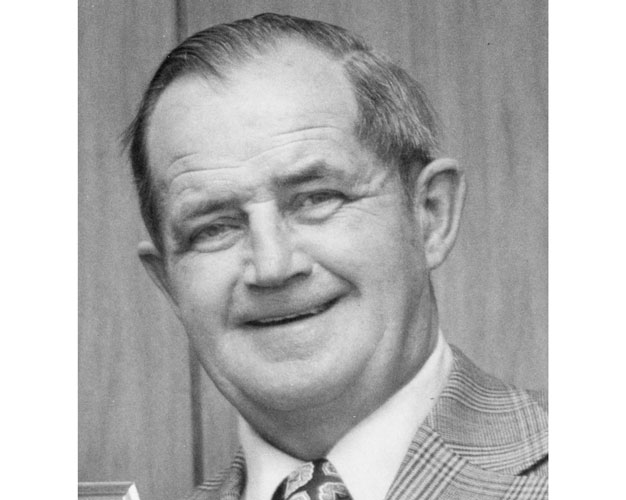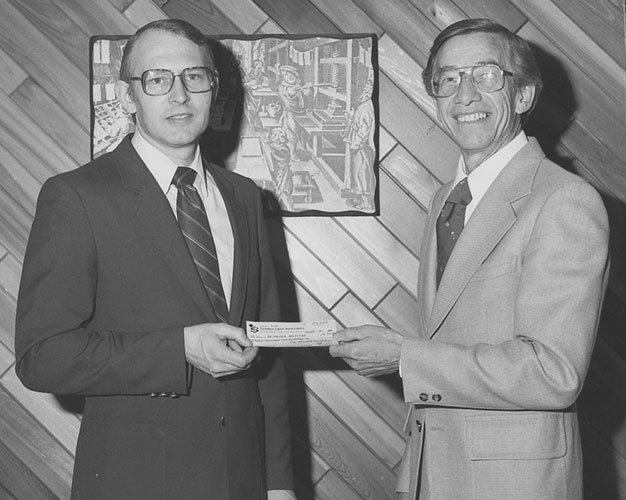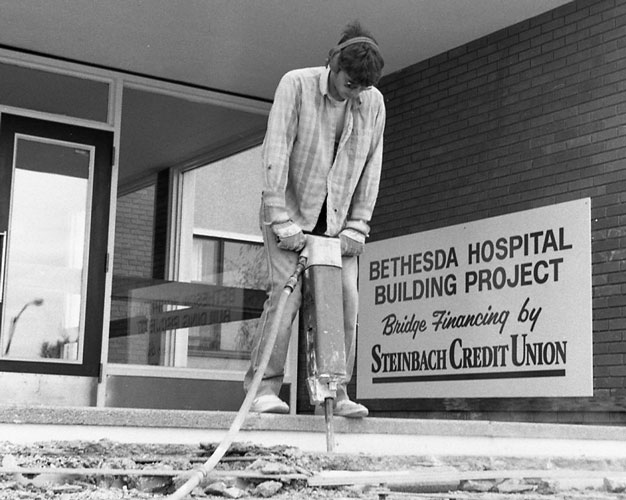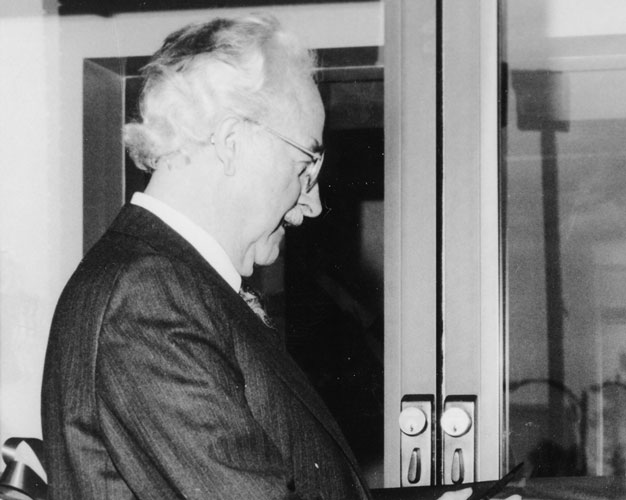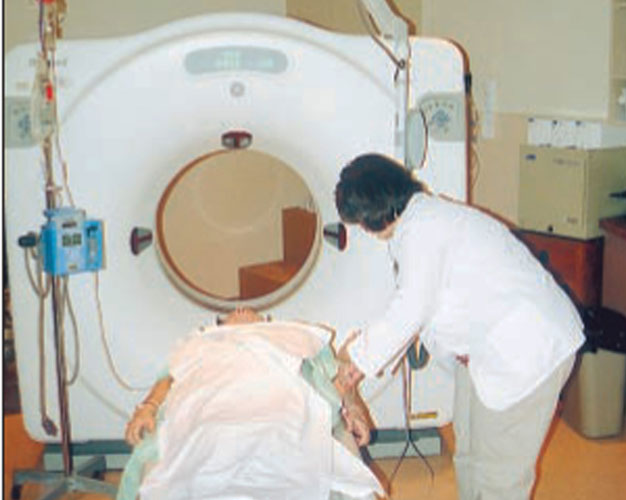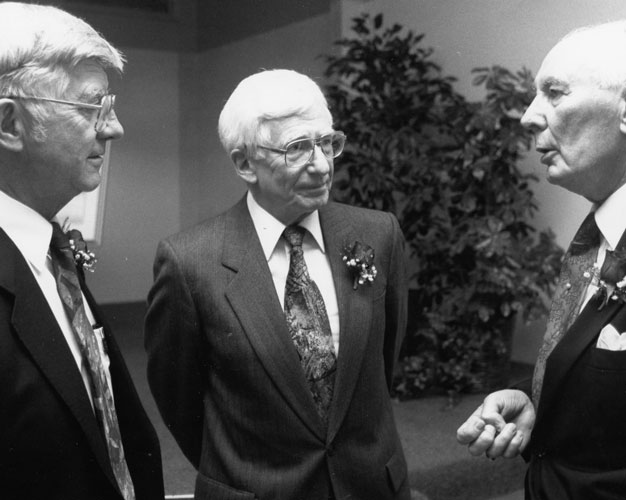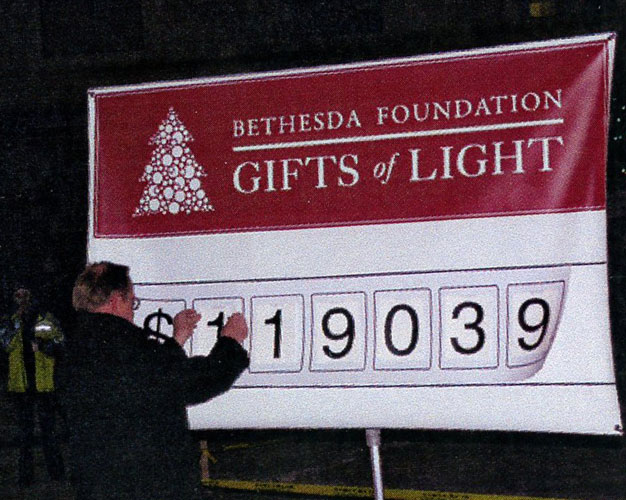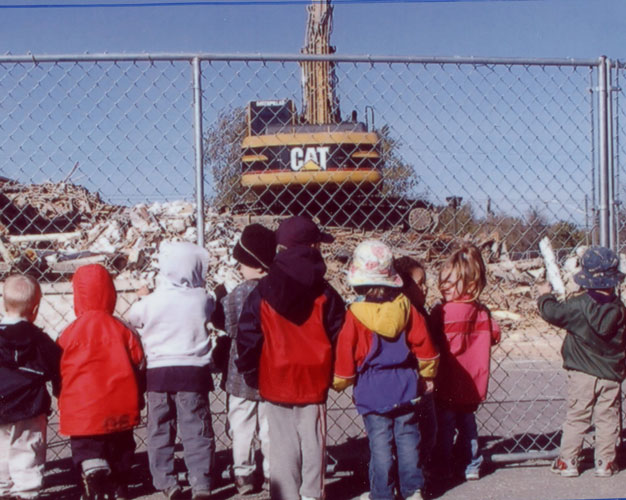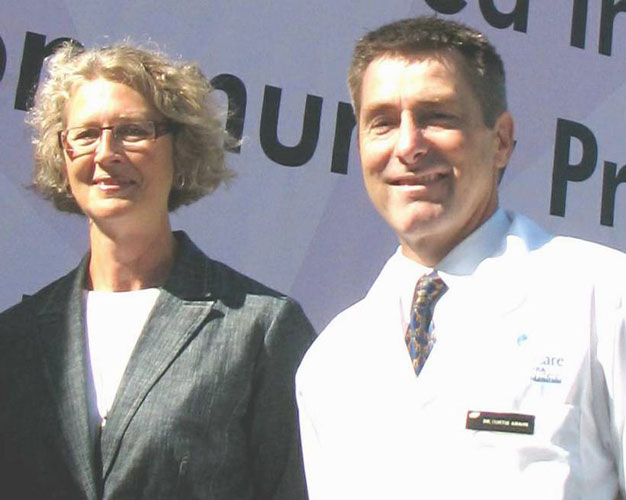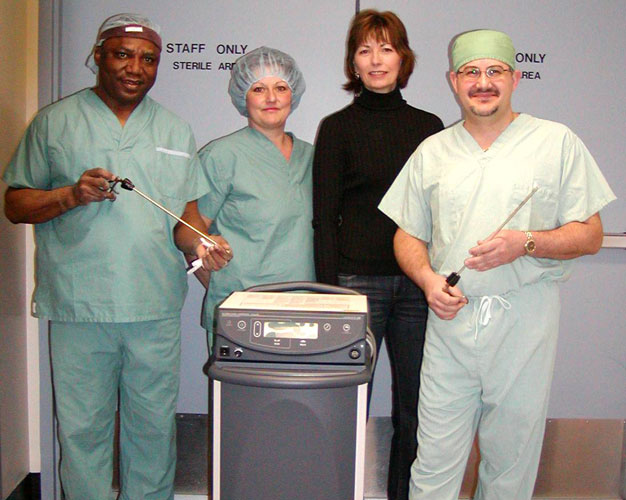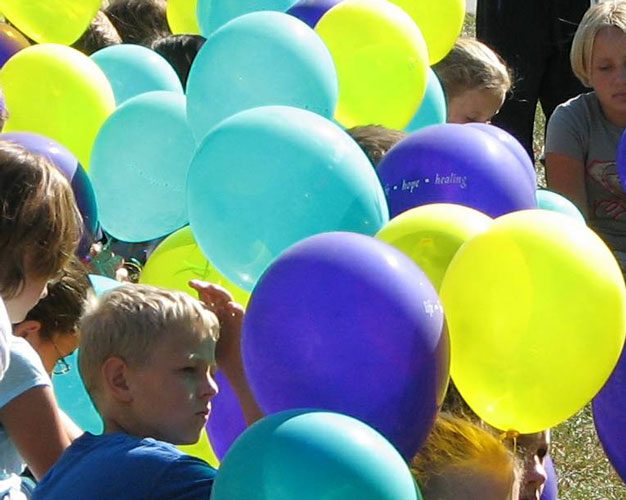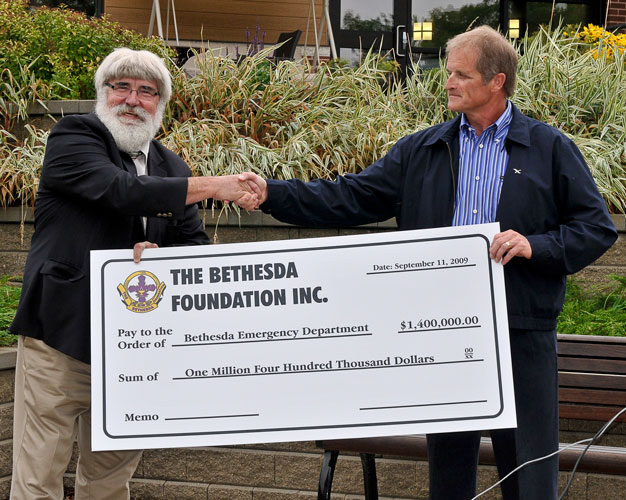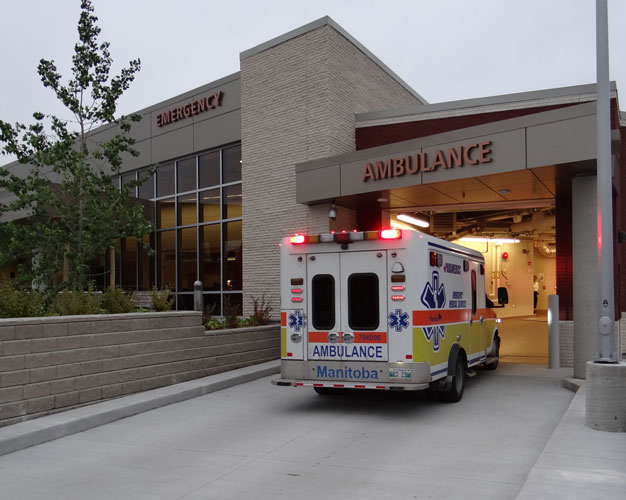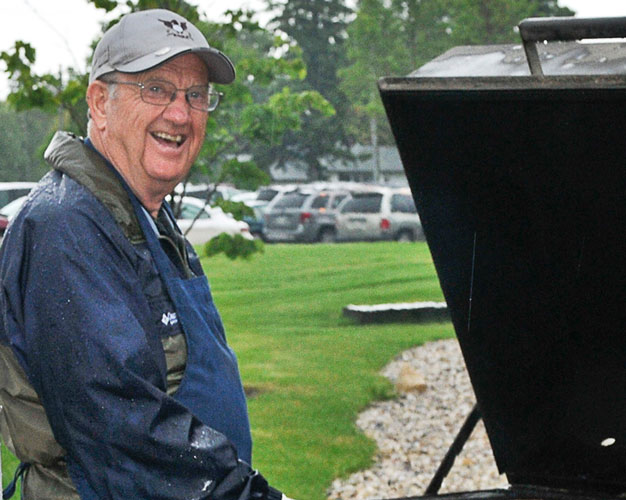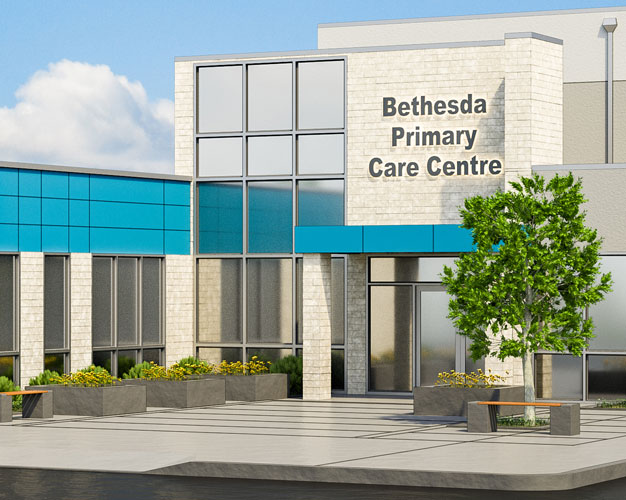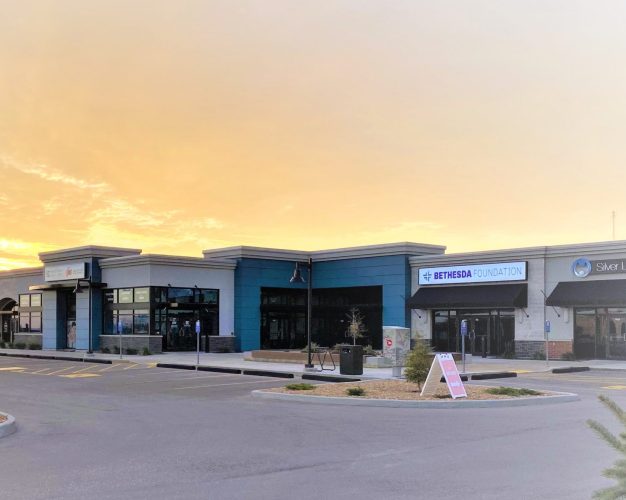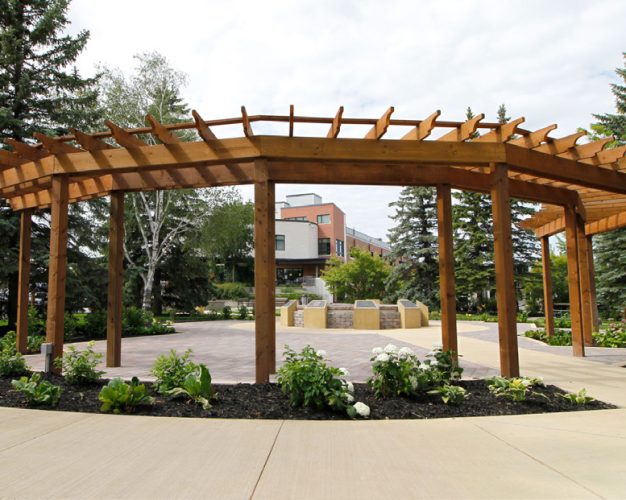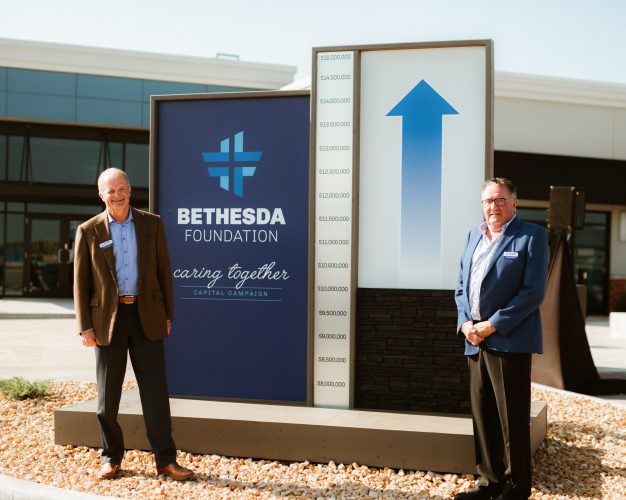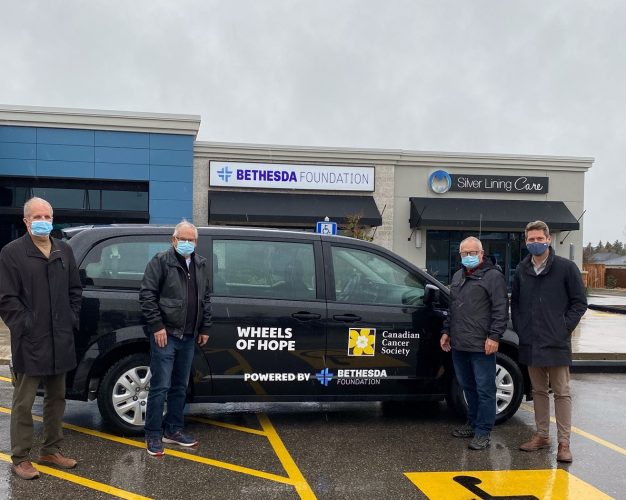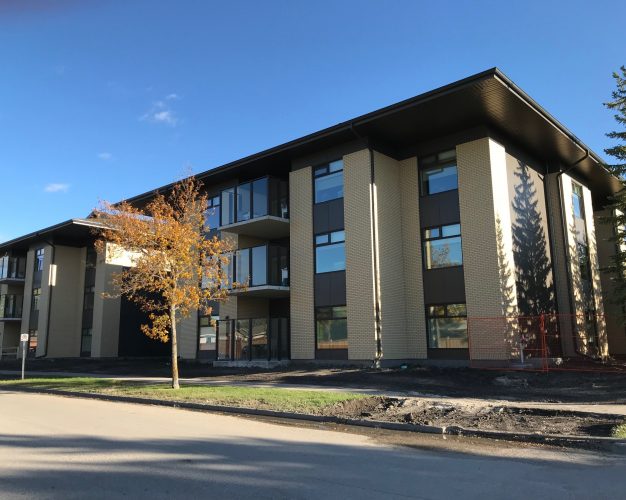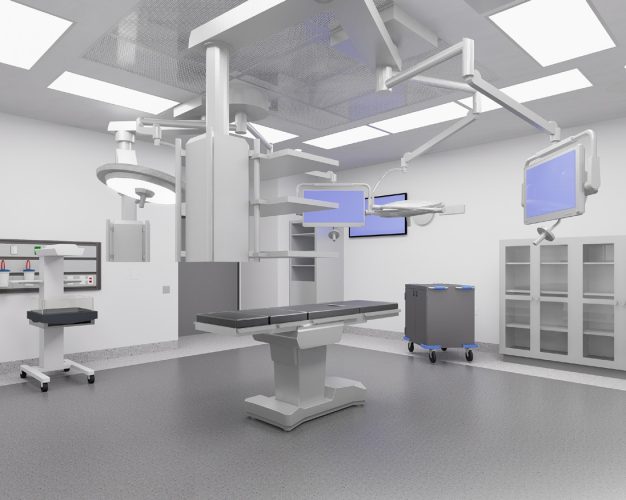
ABOUT
The Bethesda Foundation was incorporated in July 1980. The core concept of the founders of the Foundation was to build a permanent capital base in order to generate funding that could be used to meet some of the health care enhancements of the hospital and community, beyond what is provided by government.
Over the years, several million dollars have been raised by the Foundation for special projects like the Emergency Department redevelopment, the Cancer Care/Obstetrics facility, the Crisis Stabilization Unit, and the new Bethesda Primary Care Centre. The Foundation has refurbished the Healing Garden at the Bethesda Regional Health Centre, creating an outdoor green space to enhance healing. Most recently Bethesda Foundation has committed to raising the community contribution required for the RestHaven Nursing Home expansion, bringing much-needed personal care beds to our growing community.
The Bethesda Foundation also plays an important role in supporting ongoing health care programs like palliative care, staff professional development and the chaplaincy program at Bethesda.
It is our mission to enhance health service in the Bethesda area through innovation, partnership and funding.

Board of Directors
The Bethesda Foundation is governed by a board of directors, as listed below.
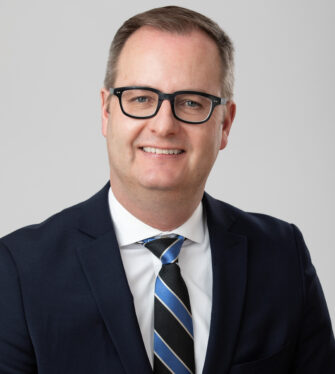
Chris Goertzen
Board Chair
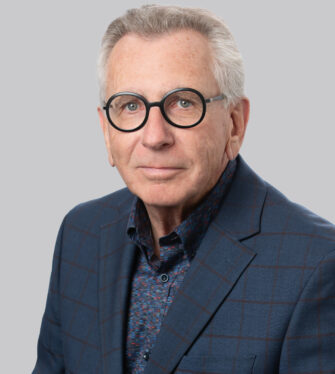
Waldo Neustaedter
Board Vice Chair
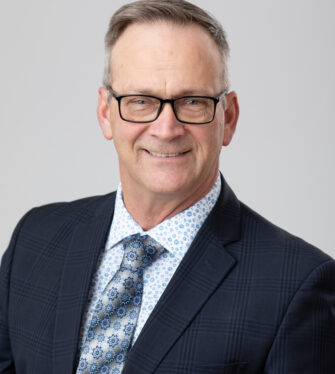
Henry Van de Velde
Board Secretary
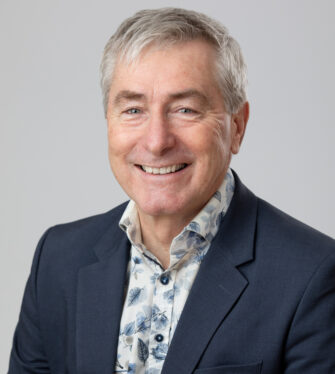
Dr. Curtis Krahn
Director
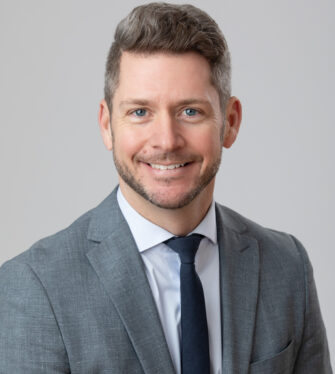
Keith Unger
Director
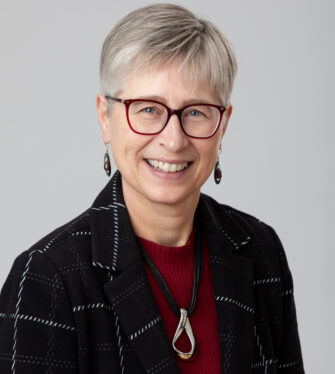
Dr. Karen Toews
Director
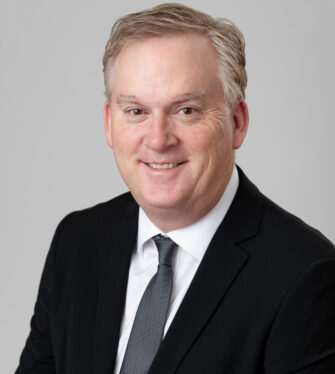
Kent Ledingham
Director
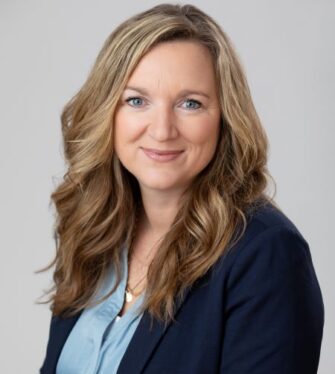
Amanda Peters
Director
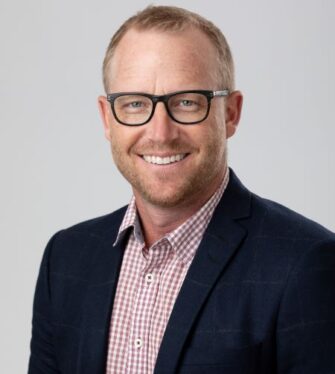
Tim Giesbrecht
Director
Bethesda Staff
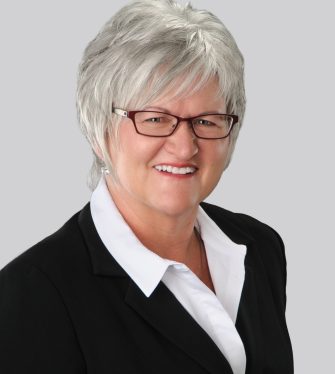
Linda Peters
Executive Director
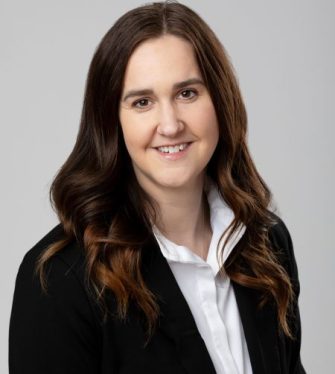
Alisa Harder
Executive Assistant
Former board Members
Christine Beaumont (2021-2025)
Darrel Penner (1997-2024)
Garth Reimer (1991-2023)
Louis Balcaen (2011-2020)
Marg Rempel (2000-2019)
Clyde Loewen (1997-2019)
Gladys Derksen (1997-2017)
Milton Penner (1981-2015)
Anne K. Barkman (2011-2015)
Lyndon Friesen (2011-2014)
John Loewen (1990-2012)
Kenneth Friesen (1997-2011)
John Eric Neufeld (1997-2011)
Gordon Barkman (1981-2010)
Phyllis Penner (1991-2000)
Wilmar Chopyk (1994-1997)
Ernie Friesen (1980-1997)
Peter J. Reimer (1980-1997)
Gil Wiebe (1994-1997)
Robert Frey (1991-1994)
Allan W. Martin (1991-1993)
William S. Patmore (1990-1991)
George Pauls (1980-1990)
Peter Pauls (1980-1990)
Art Mensch (1980-1987)
William Kuzenko (1980-1986)
Time-Honored Board Members
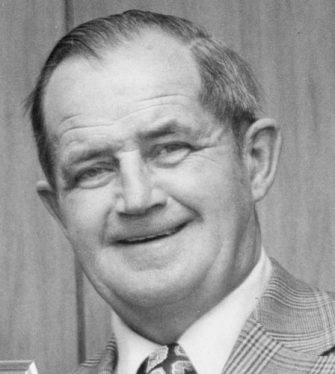
P.J. Reimer
1979-1997
P.J. Reimer launches his idea of creating a Foundation to provide the community with health care funding in perpetuity.
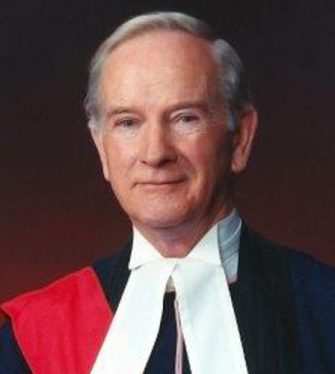
Gordon Barkman
1981-2010
Judge Gordon Barkman is named honorary chair of the Bethesda Foundation, which is officially launched Dec. 2, 1981.
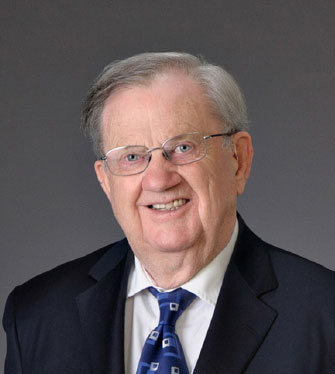
Milton Penner
1981-2015
Milton Penner is named honorary chair of the Bethesda Foundation in 2015, after serving on the board for 35 years, since its inception.
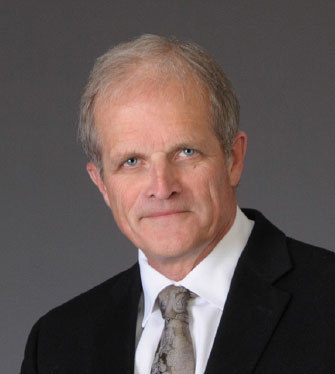
Garth P. Reimer
1991-2023
Garth Reimer is named Chair Emeritus in 2023, after serving on the board for 32 years. For 26 of those years Garth served as Chair of the Board, where he demonstrated unparalleled leadership and a steadfast passion for enhancing healthcare services in Steinbach.
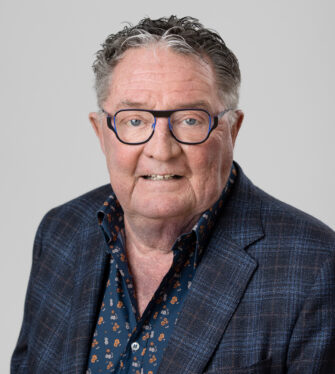
Darrel Penner
1997-2024
Darrel Penner is named Chair Emeritus in 2025, after serving on the board for 27 years Darrel’s visionary leadership has left an indelible mark on our organization, touching countless lives within our community. We are forever grateful for his selfless dedication, and the many hours he devoted to the betterment of healthcare in Steinbach. Darrel’s legacy will continue to inspire and guide us in our mission to provide exceptional care for years to come.
Our history
When a group of Steinbach and area church, community and business leaders mapped out a plan to ensure the best possible health care for their community, little did they know how solid a foundation they were building for future generations. That tradition of sharing and caring has not only continued, but has grown immeasurably over the last century, and to an even greater extent, in the years since the creation of the Bethesda Foundation.
That generous spirit, and the people who have embraced it, provide the thread woven throughout the history of the Bethesda Hospital and health care in the community of Steinbach, from its beginnings as the Mennonitischer Verein für Kranken-Hilfe, to the creation of the Bethesda Foundation more than 35 years ago. For the past 35 years, with the help of a generous community of donors, the Bethesda Foundation has acted as a catalyst; it played a leadership role in partnership with other healthcare providers, in welcome additions and major improvements to the Bethesda Hospital, and other health care facilities serving the Southeast. It will provide much-needed financial support in perpetuity.
Steinbach businessman P.J. Reimer, who started it all with his vision and an anonymous donation to launch the Bethesda Foundation, would indeed be proud of the effort being made by the next generation. They built on his legacy, which was shared by people such as Ernie A. Friesen, who was hospital board chairman for 20 years, Bethesda Hospital administrator Peter Pauls, whose organizational skills came to the fore, not only in running the hospital, but also in the groundwork for the eventual formation of the Bethesda Foundation.
Justice Gordon Barkman, the honorary chair of the founding board and an active board member for more than 30 years, provided leadership. Milton Penner, on the board since the beginning, played a prominent, behind-the-scenes role in fund-raising for the Foundation. Garth Reimer, son of P.J. Reimer, the second chairman of the Bethesda Foundation, picked up where his father left off in 1997.
(Pictured: Peter F. Barkman, construction committee chairman, passed the shovel to Ernie Friesen, board chairman, to turn sod at the construction site of a new 65-bed Bethesda Hospital. An impressive crowd of more than 80 people attended the sod turning ceremony Aug. 19, 1963.)
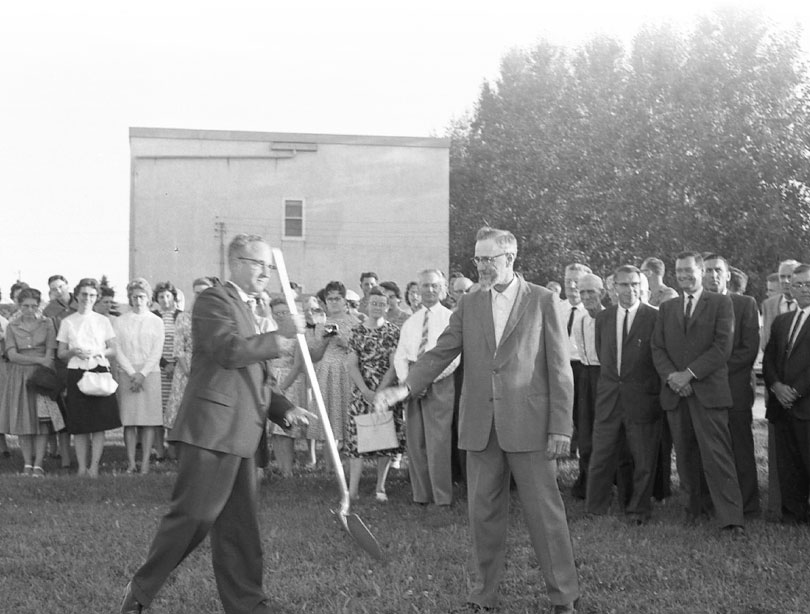
History of Cancer Care at BRHC
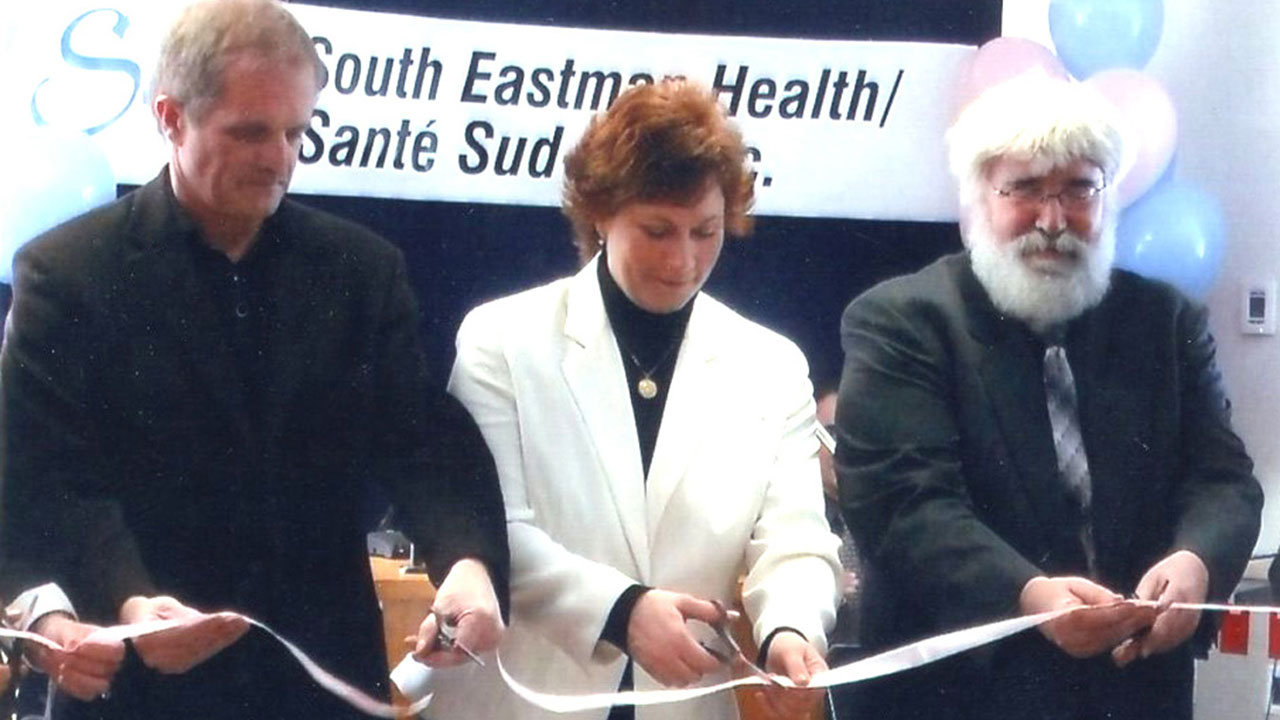
THE BEGINNINGS
Cancer care & Chemotherapy officially began in the Basement of the Bethesda Hospital in Steinbach in 1992 under the care of Doctors Curtis Krahn & Greg Large and nursing staff Maggie Smith and Lois Janzen.
Cancer Care Manitoba began the process of delegating away from the Central Model they were using several years earlier in which cancer patients in the southeastern region of the province required trips to Winnipeg to receive treatment. Not only was this a barrier to care, but it made it more difficult to get to know and understand the person and personality of the patient being treated during one of the most vulnerable times in their lives.
And so, a new model for Cancer Care began with the hub and spoke model. The hub would allow expert centralized care in Winnipeg with the addition of community spokes, which could be done throughout the rural areas of Manitoba.
Initial sites included Boundary Trails and Brandon with others added over the course of the years resulting in Manitoba having a centralized excellence of care model allowing for a more personalized program for the patient.
The motivation behind the decentralization of Cancer Care was several reasons. One of the main issues was the long drive time, which was a problem in the southeastern region, but could be prohibitive when it came to areas in the far north. Some patients would either travel to Winnipeg for treatment or unfortunately, at times forgo valuable treatment to remain in their communities.
This issue could be overcome if people were able to receive chemotherapy treatment and follow up in their local hospital whether it be Steinbach, Dauphin, Thompson or in other medical facilities throughout Manitoba.
Another advantage was the potential of local staff getting to know and understand their patients better because of the small community connection. Indeed, a very important part of the cancer journey, where a small local centre patients understand that they are very much getting care from a team which deals with fewer patients, allowing them to get to know the patient on a much more personal level.
Later, the Cancer care model included a digitalized charting system, allowing access by both the oncologist in Winnipeg as well as the family doctors in Steinbach who oversaw administering the treatment. This allows for access to the patient’s medical history and provides them with a very specific treatment plan to be understood by any healthcare provider working within the province.
This Model is recognized by healthcare providers as being the gold standard for how healthcare is given in Manitoba.
The initial facility opened in the basement of Bethesda Hospital in 1993. To those who worked there, the chemotherapy facility seemed like an afterthought. The primary departments of medicine, surgery, obstetrics, rehab, and emergency all had well planned out footprints, while the chemotherapy unit was relegated to empty space in the basement of the Bethesda hospital. The unit, however, quickly outgrew its space. The number of referrals increased every year, and the shortcomings of the unit were obvious in the first few years.
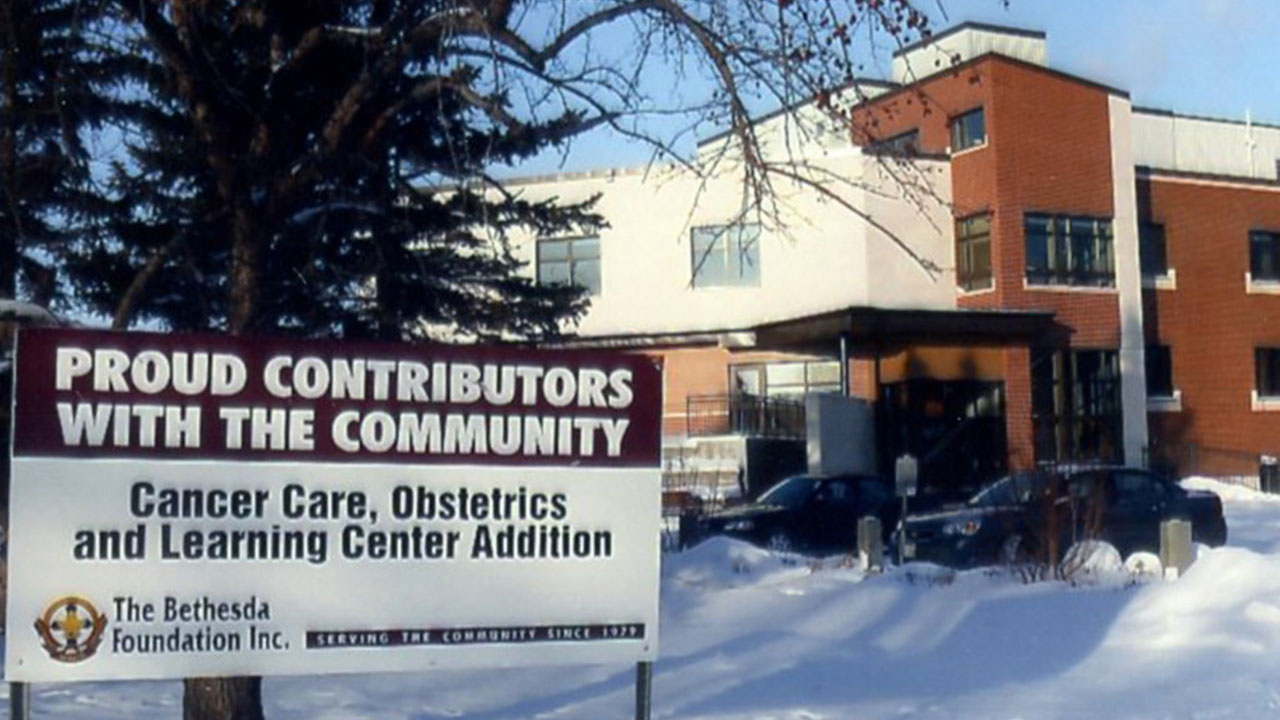
THE NEED TO EXPAND
One of the first issues we found with the location of the chemotherapy department, was the lack of sunlight. Receiving cancer treatments was difficult enough, without it being done in the basement of a hospital. There was also only one restroom shared by both staff and patients. This was especially concerning when patients were receiving treatment and experienced nausea, diarrhea and other discomforts which made access to a washroom crucial. There were also the size restrictions of a 1000 square foot facility which included having only one examination room and limited treatment spaces making it difficult to get all the treatments done within the week. By 1997 Dr. Large had moved on to Brandon and Dr. Karen Toews and Dr. Darren Reimer joined us. Having 3 doctors administering cancer treatments allowed for better coverage during holiday time, but also emphasized the physical deficiencies. In 2017, we were joined by Dr. Hang Trinh to complete our present complement of doctors.
There were many discussions with administration regarding the need for expanded facilities. All the healthcare providers doing Cancer Care as well as David Driedger, the facility manager, was increasingly frustrated with our inability to get a new facility built. That all changed when the Bethesda Foundation offered to help with fundraising, to jumpstart the project of a new Cancer Care facility.

A NEW BEGINNING
Dr. Krahn reflects on that first encounter with the Bethesda Foundation – “I still remember clearly when Garth Reimer along with others asked if they could tour our present chemotherapy facility with us back in 2004. I pointed out the inadequacies of the facility while reflecting our enthusiasm for how important and valuable the work being done there was. And then Garth asked, “How would it be if the Bethesda Foundation helped spearhead the development of a new facility? What would you want in it?”
I remember that as a breath of fresh air, and a pivotal moment, not only in the development of the facility, but in healthcare in general for the region. We did ask for more space, more light, more room for treatments, windows, bathrooms, and appropriate space for doing medical records and dictating. What we were not expecting was the absolute beauty of the design – its aesthetics and its access to outdoor green space. The new facility gave us an entirely new breath of fresh air and a new lease on life. In addition to Cancer Care, Bethesda Foundation added at the same time, a new Obstetrical wing, and educational facilities.”
With the completion of the Bethesda Cancer Care unit, and with its role as a very important part of the Cancer Care Manitoba Community program, the program was set for a new and enhanced role in the treatment of cancer in Southeastern Manitoba.
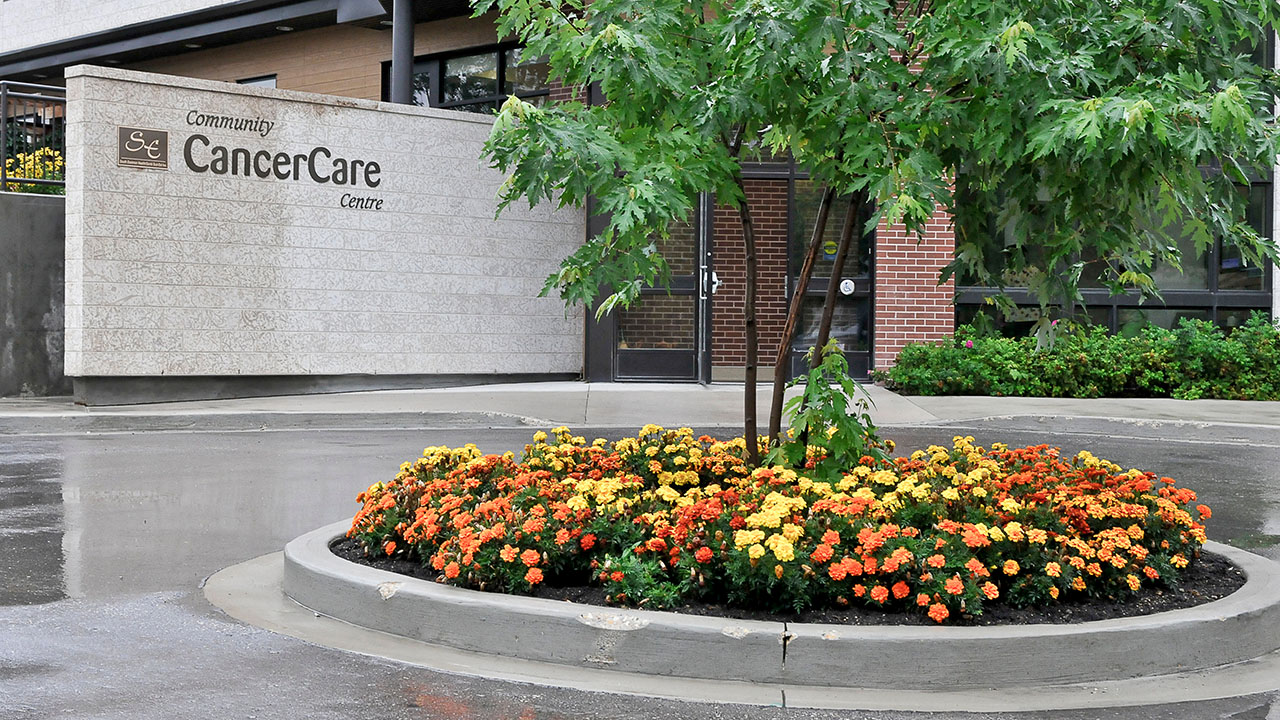
FURTHER CHALLENGES MET
Dr. Krahn reflects on that first encounter with the Bethesda Foundation – “I still remember clearly when Garth Reimer along with others asked if they could tour our present chemotherapy facility with us back in 2004. I pointed out the inadequacies of the facility while reflecting our enthusiasm for how important and valuable the work being done there was. And then Garth asked, “How would it be if the Bethesda Foundation helped spearhead the development of a new facility? What would you want in it?”
I remember that as a breath of fresh air, and a pivotal moment, not only in the development of the facility, but in healthcare in general for the region. We did ask for more space, more light, more room for treatments, windows, bathrooms, and appropriate space for doing medical records and dictating. What we were not expecting was the absolute beauty of the design – its aesthetics and its access to outdoor green space. The new facility gave us an entirely new breath of fresh air and a new lease on life. In addition to Cancer Care, Bethesda Foundation added at the same time, a new Obstetrical wing, and educational facilities.”
With the completion of the Bethesda Cancer Care unit, and with its role as a very important part of the Cancer Care Manitoba Community program, the program was set for a new and enhanced role in the treatment of cancer in Southeastern Manitoba.
Our Name
Because of a concern about the lack of aid for sick people, the Mennonitischer Verein für Kranken Hilfe, or the Mennonite Society for Aid to the Sick, was formed in 1930. It was a mission work by the Mennonites of the East Reserve, and all Mennonite Churches were to take part. At its inception, the Society consisted of 53 members who paid $3 each and ten associate members who paid $1.
The Society was dedicated to the assistance of the Vogt Hospital (Steinbach’s first hospital, established in 1929), but also had the intention of building a new hospital when the opportunity and economic possibility would present itself. Appropriately, this House of Healing would bear the name Bethesda, in reference to the healing pools of Bethesda in Jerusalem.
Today, our logo embodies visual elements that relate to and represent our organization. They include:
- A modern form of the first aid cross, originally established in the 19th century and still internationally recognized today.
- The centre of the cross represents a four-way intersection; a meeting place where community comes together.

